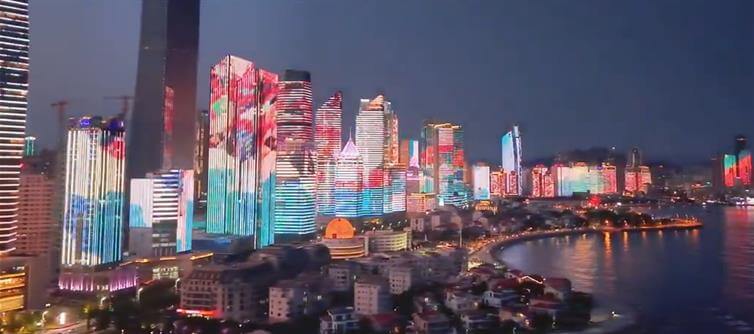
The scale and speed of China’s development have been enabled by centralized planning, decisive governance, and a top-down model that prioritizes infrastructure and economic growth over democratic deliberation. In contrast, India’s democratic framework—while vital for individual freedoms—often results in slower implementation, bureaucratic delays, and policy gridlock.
Many netizens point fingers at the ruling bjp and prime minister Narendra Modi, citing growing corruption, crony capitalism, and mismanagement as reasons for India's lag in urban development. While the government has launched initiatives like the Smart Cities Mission and urban rejuvenation programs such as AMRUT, the impact on the ground remains inconsistent.
Critics argue that poor execution, lack of coordination between state and central authorities, and political favoritism dilute the effectiveness of these programs. Moreover, urban development is often driven more by electoral calculations than long-term vision, leading to projects that are incomplete, poorly maintained, or unevenly distributed across regions.
Others blame systemic issues like the complex Goods and services Tax (GST), which has strained small businesses, and entrenched caste discrimination, which affects access to education, employment, and housing, key components of urban progress. India’s urban sprawl is often chaotic, with informal settlements and weak enforcement of planning norms.
Unlike China, which uses state force to relocate populations and redesign urban spaces, india must navigate the challenges of protecting rights, property, and diversity. To build truly futuristic and inclusive cities, india must address both governance failures and deeper social inequalities, ensuring that development is not just visible in skylines but felt in everyday lives.




 click and follow Indiaherald WhatsApp channel
click and follow Indiaherald WhatsApp channel